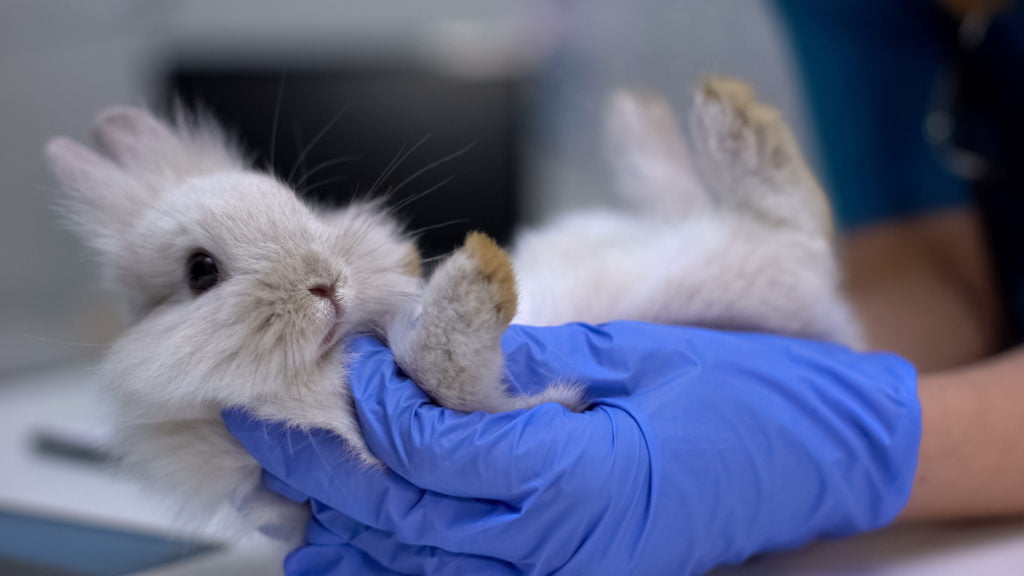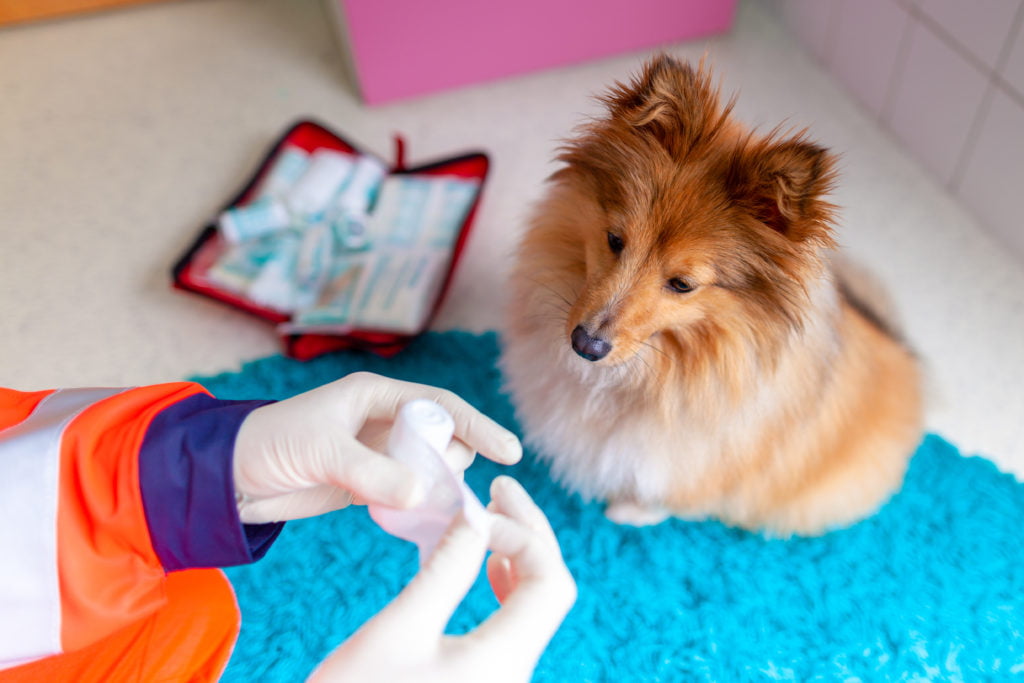It’s something no one ever wants to face – a pet emergency with critically ill or injured animal. Regardless of whether it’s their own beloved pet, or someone else’s.
But as Dr Jennie Mohler can attest, medical emergencies can and do happen.
Dr Mohler is a senior veterinary registrar and lecturer, and a consulting veterinarian. She also spent many years working at a Sydney after-hours emergency centre and continues to support small veterinary clinics when needed.
Paws N’ All Press asked her to share some insights into what constitutes a pet emergency, how to be prepared for one and what to do should disaster strike.
What is a pet emergency?
A pet emergency is any potentially life-threatening incident facing a dog, cat, bird, rabbit or other domestic animal.
These can include:
- injuries sustained in accidents or fights with other animals
- poisoning from bites, stings or ingesting something toxic
- internal injuries from swallowing foreign objects
- illnesses
According to Dr Mohler, the most common pet emergencies are seasonal and fluctuate throughout the year. They also depend on your pet’s age, health and lifestyle.
What are the warning signs your pet needs urgent veterinary attention?

When it comes to signs that you have a pet emergency on your hands, Dr Mohler advises to look for any “abnormal behaviour”.
This could be one or more of the following signs:
- sudden loss of appetite
- eating then vomiting
- unusual vocalisations when peeing or pooping
- not pooping daily
- trouble breathing
- pale gums or blue gums
- sudden weakness or lethargy
- dilated pupils (the centre of the eyes)
“Trust your instincts,” she explained.
How can you be prepared to deal with a pet emergency?
As with any emergency situation, being prepared for the worst is the best form of protection.
According to Dr Mohler, being prepared for a pet emergency involves the following:
- Have a pet first aid kit. “This should include rectal thermometer, watch with a second hand, antiseptic solution, bandages, muzzle, blankets and towels,” she said.
- Include a muzzle for your dog as part of your first aid kit. “When distressed, the last thing you want is to be bitten while helping your pet.”
- Have a stretcher or large, thick blanket on hand, which can make the car trip to the vet hospital less traumatic.
- Know where on your pet to find a pulse, so you can monitor their vital signs and relay that information to your vet. (You can also monitor their breathing rate by watching your pet’s chest rise and fall.)
- Have a disaster plan in place. “Call ahead to the vet clinic. Let them know you are coming. The vet knowing you are bringing an emergency in allows them to get set up and ask clients with non-critical needs to wait just a bit longer to allow them to stabilise your pet.”
- Have your emergency vet’s contact details at hand. That may not necessarily be your regular vet. “In the case of snake bites, some clinics do not carry anti venom. [But] they may be able to point your to a clinic that can provide the care your pet needs.”

What to do in a pet emergency
When it comes to any pet emergency, it’s important to act quickly.
“Call your vet to tell them you have an emergency and let them know you are coming,” Dr Mohler said.
“And get to a veterinarian as soon as possible… your [usual] vet may point you to an ER centre or another vet clinic with the treatment required [available].”
Dr Mohler also said that it’s important to think about the cost of treatments. Depending on the type of emergency, the treatment may quite expensive. As such, she suggested weighing up whether pet insurance is right for you and your pet.
If you do decide to take out pet insurance in case of a future emergency or health scare, it pays to get in while they are still young.
“Most [insurers] won’t start new polices on animals over 7 years of age,” she said.
“Know what is part of your policy, what isn’t and how much you have to pay. I have my policy number in my notes section of my phone. And the phone number to the claims office.”










